Shipping technology continues to pave its way to efficiency but still faces a lot of new challenges. Automated container handling has already become the most anticipated trend within the cargo transportation industry, but it is still not widely accepted. Here, we’re digging into the reasons for the necessity of a worldwide system of automated shipping and its pros and cons.
What Is Automated Shipping and Automated Container Handling?
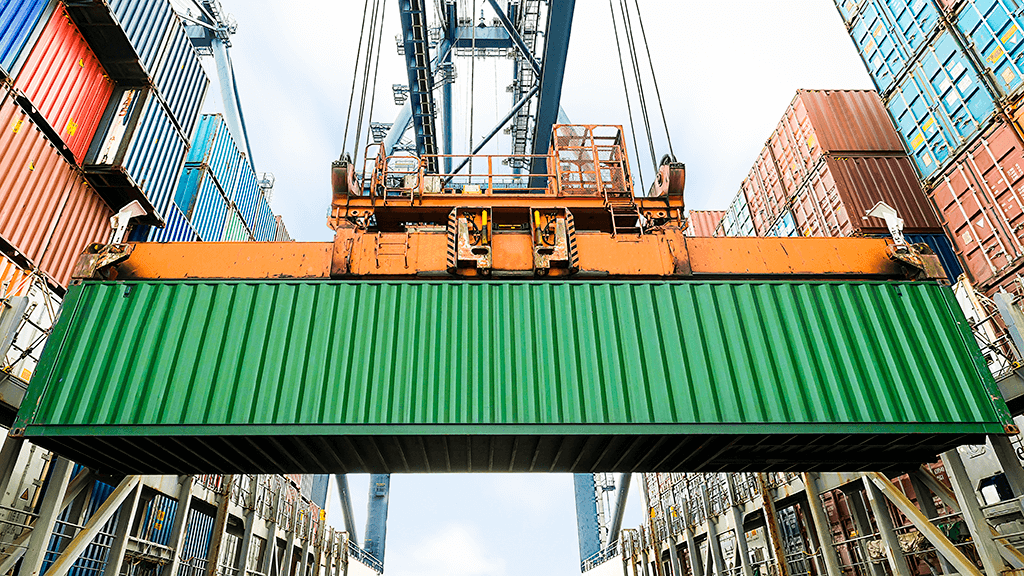
Since containers are used throughout all modes of transport, the world’s largest automated ports are container handling terminals. Automated container handling can be defined as discharging and loading container vessels within a semi or fully automated port facility or a supply chain. The major driving forces for automated shipping are financial, economic, environmental, and market factors. Cargo transport now heavily depends on so-called mega-ships: extremely huge container carriers that can carry up to 18,000 TEUs. As these ships have to be quickly discharged, local authorities and governments in many countries stimulate the expansion of port facilities and invest in automation. The main goals of automation are to minimize possible human mistakes and increase the efficiency of supply chain operations. However, only 3% of container terminals in the world are considered semi or fully automated.
The Difference Between Semi and Fully Automated Shipping
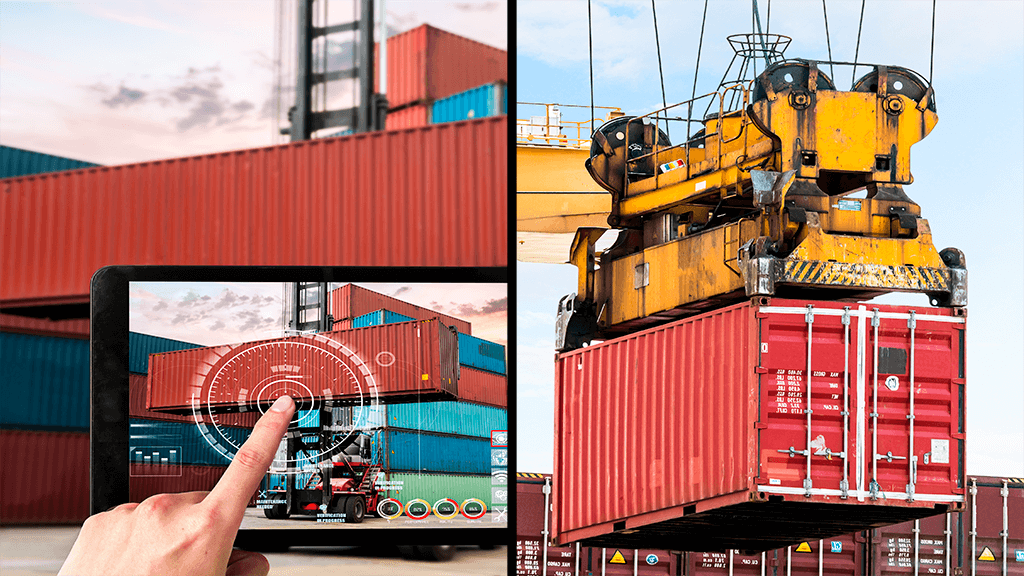
Currently, there are two types of container terminals that have already implemented automation: semi-automated and fully automated. A port terminal is regarded as fully automated when all horizontal transfers between the berth/quay and a stacking yard are done by remote-controlled automated stacking cranes (ASCs), rail-mounted gantry cranes (RGCs), automated guided vehicles (AGVs), and automated straddle carriers. If automation doesn’t reach the quay or a stacking yard, a port facility is considered semi-automatic.
Pros and Cons of Automated Shipping
The cargo container trade will benefit from the implementation of automated shipping. When it comes to pros, automation brings about several advantages:
- it is faster and safer than conventional human-operated transportation
- automated shipping system can work 24/7 and thus efficiency will increase
- automated ports aren’t congested and are more eco-friendly, as they produce less carbon dioxide than most non-automated facilities

But in reality, port automation isn’t flawless and it still requires fighting some obstacles. The cons of automated shipping are few, but they’re delaying the implementation of automation in the industry:
- it may cause many job losses, so most countries aren’t in a hurry to employ automation
- automated shipping requires sustainable initial investments and high maintenance costs
- exceptional cybersecurity should be guaranteed before a government decides to opt for automation
Last Word
We hope that sooner or later automated shipping will become the industry standard, but at the time port automation still faces some issues and isn’t widely spread. Nonetheless, EasyHaul makes sure that you receive tailored shipping services, that are affordable and hassle-free. We’ll take care of your shipping needs whether you need domestic or international delivery. We’ll take care of Customs clearance, container booking, or finding a broker, just register with us to place your shipping order. Don’t forget to upload a copy of your government-issued ID or passport and enter your phone number to complete the registration. Give us a call at + 1 (360) 776-3596 (6:00 AM – 4:00 PM PST, Monday through Friday), or reach us online with your questions.

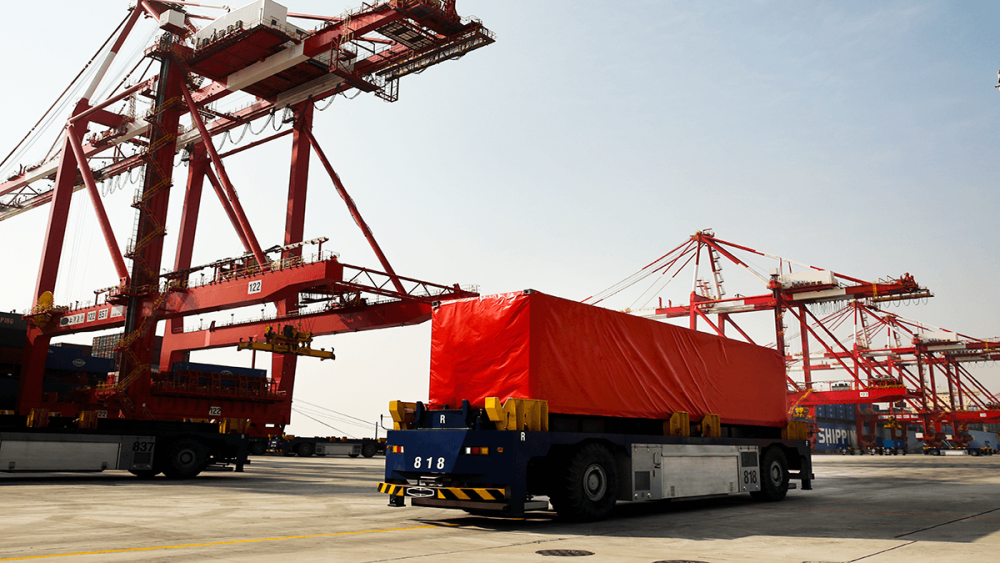
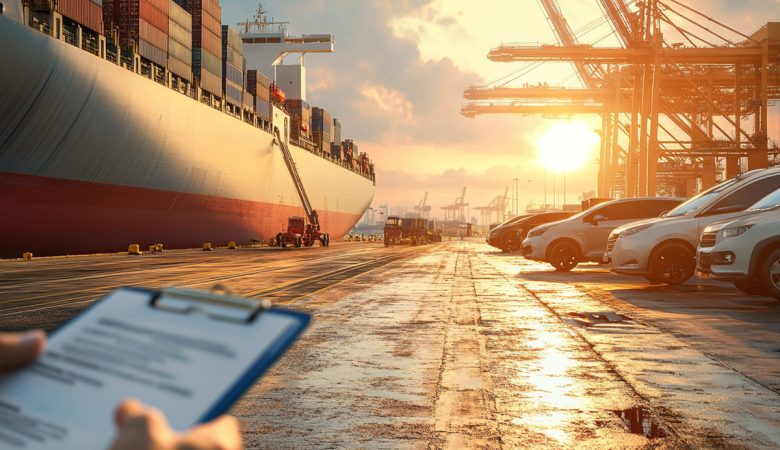
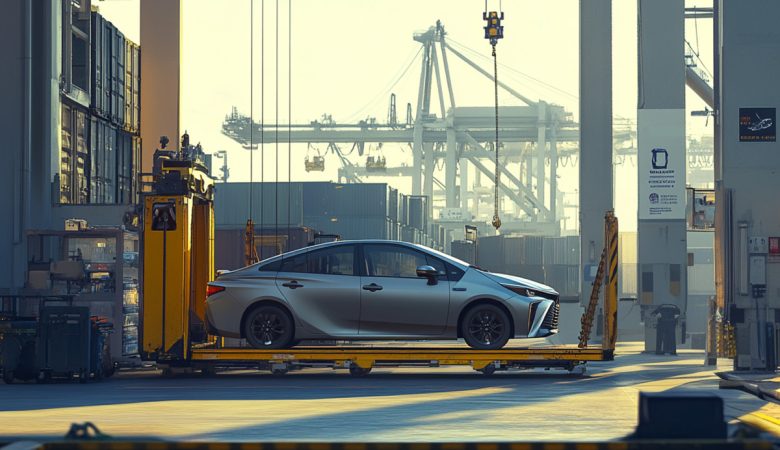
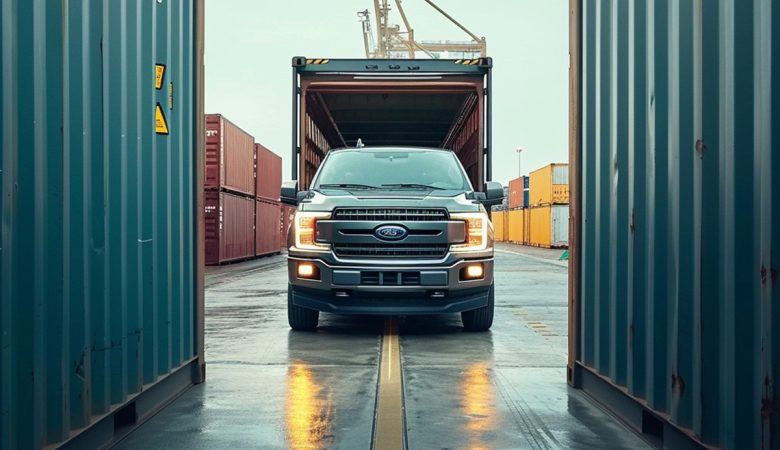

Leave a Reply
You must be logged in to post a comment.